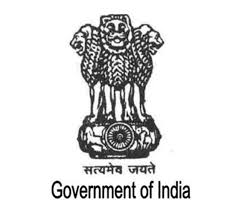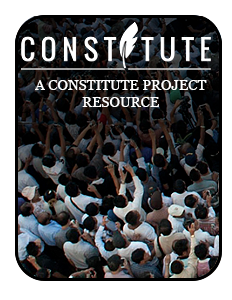The Indus Valley civilization, one of the world's oldest, flourished during the 3rd and 2nd millennia B.C. and extended into northwestern India. Aryan tribes from the northwest infiltrated the Indian subcontinent about 1500 B.C.; their merger with the earlier Dravidian inhabitants created the classical Indian culture. The Maurya Empire of the 4th and 3rd centuries B.C. - which reached its zenith under ASHOKA - united much of South Asia. The Golden Age ushered in by the Gupta dynasty (4th to 6th centuries A.D.) saw a flowering of Indian science, art, and culture. Islam spread across the subcontinent over a period of 700 years. In the 10th and 11th centuries, Turks and Afghans invaded India and established the Delhi Sultanate. In the early 16th century, the Emperor BABUR established the Mughal Dynasty, which ruled India for more than three centuries. European explorers began establishing footholds in India during the 16th century.
By the 19th century, Great Britain had become the dominant political power on the subcontinent. The British Indian Army played a vital role in both World Wars. Years of nonviolent resistance to British rule, led by Mohandas GANDHI and Jawaharlal NEHRU, eventually resulted in Indian independence, which was granted in 1947. Large-scale communal violence took place before and after the subcontinent partition into two separate states - India and Pakistan. The neighboring nations have fought three wars since independence, the last of which was in 1971 and resulted in East Pakistan becoming the separate nation of Bangladesh. India's nuclear weapons tests in 1998 emboldened Pakistan to conduct its own tests that same year. In November 2008, terrorists originating from Pakistan conducted a series of coordinated attacks in Mumbai, India's financial capital. Despite pressing problems such as significant overpopulation, environmental degradation, extensive poverty, and widespread corruption, economic growth following the launch of economic reforms in 1991 and a massive youthful population are driving India's emergence as a regional and global power.
India is a federal parliamentary republic.
Source: CIA World Factbook
Members:
Resources
Displaying 61 - 65 of 91Constitution of India 1949 (rev. 2016)
A Constituent Assembly drafted and approved the constitution.
THE INDIAN FOREST ACT, 1927
The document deals with reservation of forest, forest settlement, formation of village forest, protected forests including control and management of forest.
It delienates legal forest types and tenure typologies under them.
THE BURMA LAWS ACT (1898)
India Act XIII, 1898 4th November, 1898...."...5. The President of the Union may, for administrative including revenue purposes,-
(q) divide Upper Burma into divisions and each of these divisions into districts, and vary the
limits of those divisions and districts, and
(b) divide each of those districts into sub-divisions, each of those sub-divisions into townships
and each of those townships into circles, and vary the limits of these sub-divisions, townships
and circles.
THE LAND ACQUISITION ACT (1894)
INDIA ACT I, 1894 1st March 1894
THE PARTITION ACT (1893)
INDIA Act IV, 1893 9th March, 1893....."...Whenever in any suit for partition in which, if instituted prior to the commencement of this
Act, a decree for partition might have been made, it appears to the Court that, by reason of the
nature of the property to which the suit relates, or of the number of the shareholders therein or of
any other special circumstance, a division of the property cannot reasonably or conveniently be
made, and that a sale of the property and distribution of the proceeds would be more beneficial



